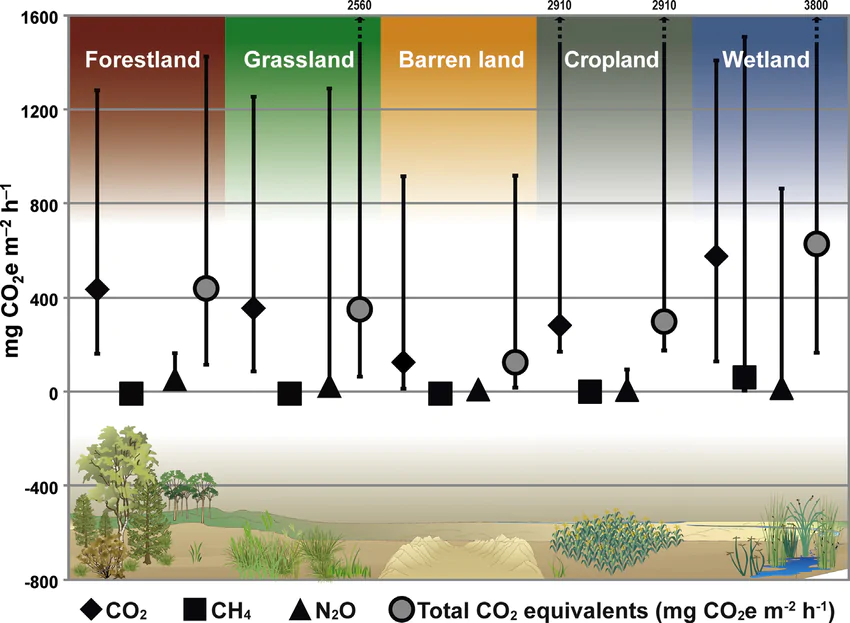Are Work and Energy the Same?

Work
In physics, work is the energy transferred to or by an object by force applied along with a movement. In its basic form, it is typically stated as the product of force and displacement. When applied, a force is said to produce positive work whether it has a portion in the direction of the point of application’s displacement. If a force has a component that is opposite the direction of displacement just at the point of application, it causes negative work. For instance, the work done by the gravitational force on a ball held above the ground and subsequently dropped is equal to the weight of the ball (a force) multiplied by the distance to the ground. The work done is defined by: wherein F is the constant force & s seems to be the angle formed by the force as well as the displacement,
Because work is a scalar number, it only has magnitude and no direction. Work is the process of transferring energy from one location to another and then from one form to another. The SI unit of work is indeed the joule (J), which is the same as energy.
The joule (J) is indeed the SI unit of labor, called after 19th-century English physicist James Prescott Joule. It is defined as the work necessary to exert a force of one newton through a displacement of one meter. The newton-meter (Nm) is a dimension comparable unit of work that is infrequently used; however, this should not be confused with the torque measurement unit. The International System of Units (SI) forbids the use of Nm because it may generate confusion as to whether a figure expressed in newton meters represents a torque measure or even a work measure. Because labor and heat have the same physical dimension, measurement units allocated for heat or energy content, such as therm, BTU, and calorie, are occasionally used as measuring units.
Energy
Energy is characterized as the capacity to produce tasks in physics. Potential, chemical, thermal, electrical, kinetic, radioactive, and other types are all possible. Temperature and work—that is, power in the transfer of electricity through one body to another—is also present. As a result, the heat transmitted may be converted to thermal energy, while labor done can be converted to mechanical energy. When a body is in motion, for example, it possesses kinetic energy. Any tensioned device, such as bows or springs, can cause motion whilst it is at rest. Its arrangement includes potential energy. Nuclear energy is also potential energy since it arises from the arrangement of subatomic particles in an atom’s nucleus.
Energy conservation, or the first rule of thermodynamics, is the name given to this concept. Whenever a box slides down a hill, for instance, the potential energy it possesses from being high up on the slope is transformed to kinetic energy or motion energy. The kinetic energy from the box’s movement is transferred to thermal energy, which warms the box and the slope when it comes to a halt due to friction. A one-newton force operating over a one-meter distance produces one joule of work.
A lot of articles deal with energy. See principles of physical science, mechanics, thermodynamics, and energy conservation for further information on the evolution of the idea of energy and the principle of energy conservation. See coal, solar energy, wind power, nuclear fission, oil shale, petroleum, electromagnetism, and energy conversion for the key sources of energy and the methods through which energy transitions from one form to another.
Work and energy
Work and energy are inextricably linked. According to the work-energy principle, a rise in the kinetic energy of a rigid body is generated by an equivalent number of positive work done on the object by the force acting on it.
A drop in kinetic energy is created by the resulting force doing an equivalent amount of negative work. The particle’s kinetic energy is reduced by the amount of work done if the network done is negative. Work on a free (no fields), stiff (no internal degrees of freedom) object is equivalent to the change in kinetic energy Ek related to the linear and angular velocity of that body,
Potential energy is the work of forces created by a potential function, and the forces are said to be conservative. As a result, work on an item that is just moved in a conservative force field, with no change in velocity or rotation, is equal to minus the change in the object’s potential energy Ep,
Practice problem: Write an expression for kinetic energy of an object.





